As I have previously noted in a post, we have recently been developing a massive-MIMU (multi-IMU) platform from single-chip IMUs. (The abbreviation is partially a play with the common MIMO (multiple-input-multiple-output) abbreviation within the field of communication and also the term massive-MIMO to describe MIMO systems with alot of antennas.) At the movement the platform looks like this:
The platform will be presented on the upcoming ISISS conference 25–26 Feb 2014 in Laguna Beach CA, USA. Massive-MIMU is to some extent a separate research track but also constitute an experimental platform for the development of new OpenShoe modules.
The plan is to release the whole platform open-source under the Massive-MIMU section (and of cause on sourceforge). The software part is already in place at sourceforge, specifically in this file. This we have been running and developing since the autumn. We are currently working on a second generation of the MIMU platform which will hold 32-IMUs (which will truly make it a massive-MIMU platform). However, throughout the development we have come to realize that we want to make some changes which will affect the software. Consequently, we have been a little reluctant to put up the old generation of boards since we do not place to support them in the future. If you really want the schematic and layout of the old boards, please send us an e-mail and I will be happy to provide it. Otherwise, I hope you can be patient until we finish the new generation.
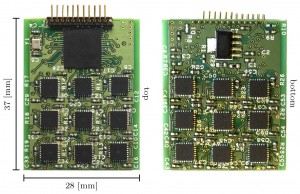

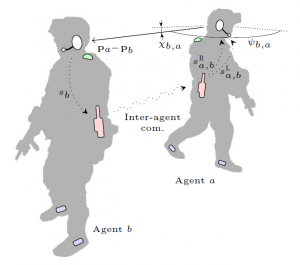
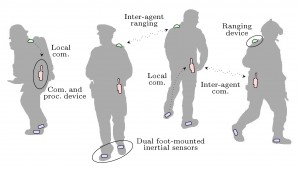
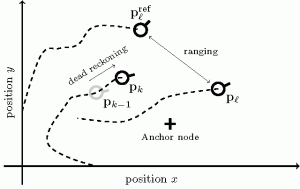
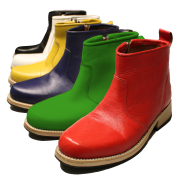 OpenShoe is an open source project for creating an embedded foot-mounted
OpenShoe is an open source project for creating an embedded foot-mounted